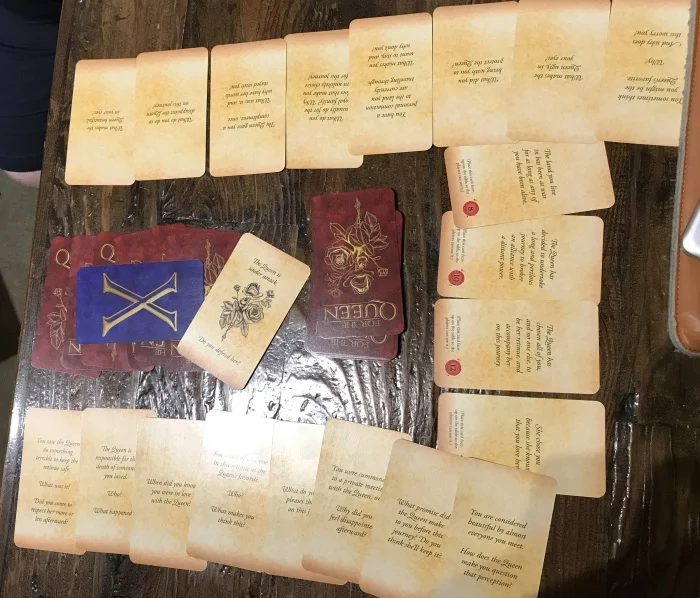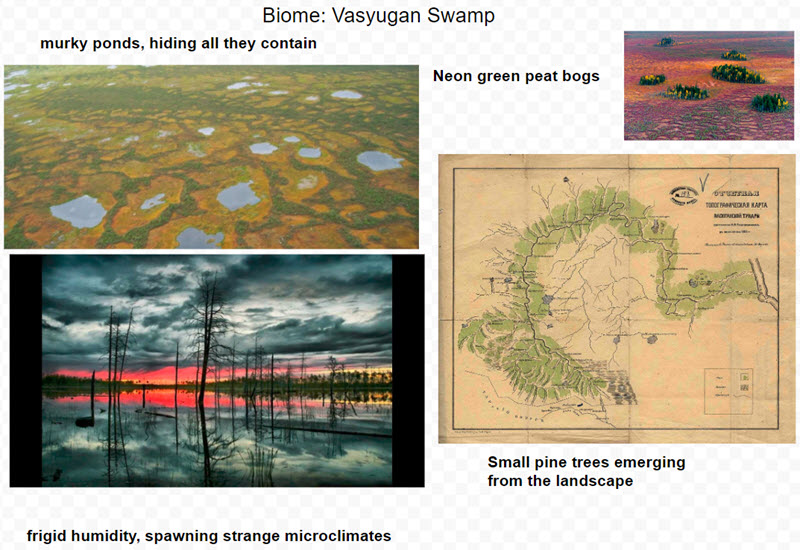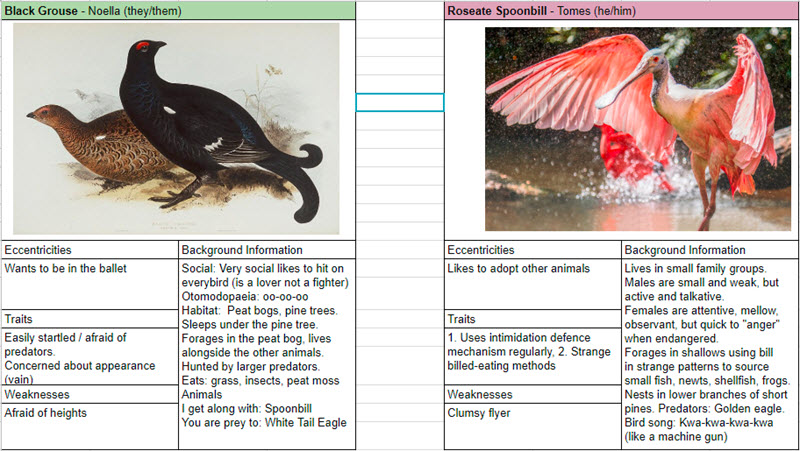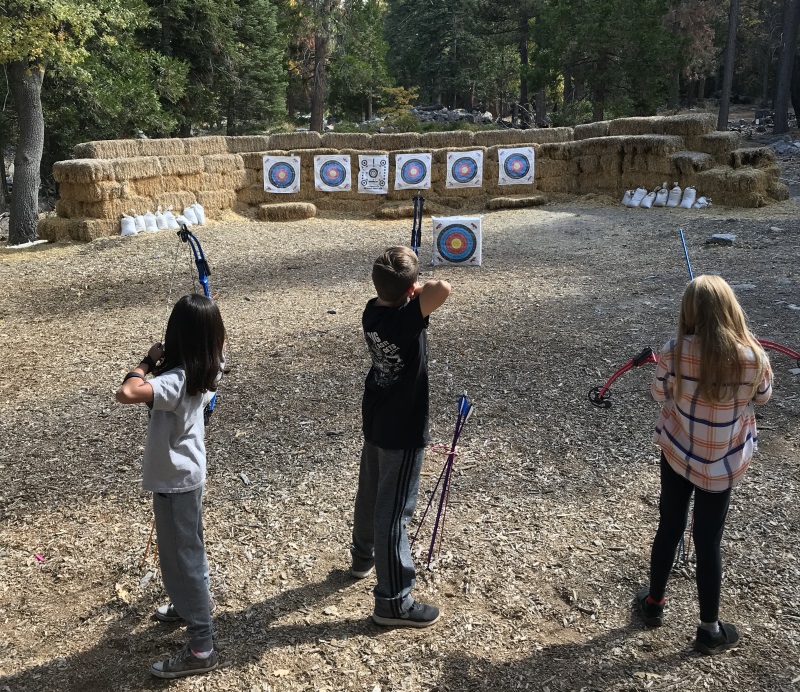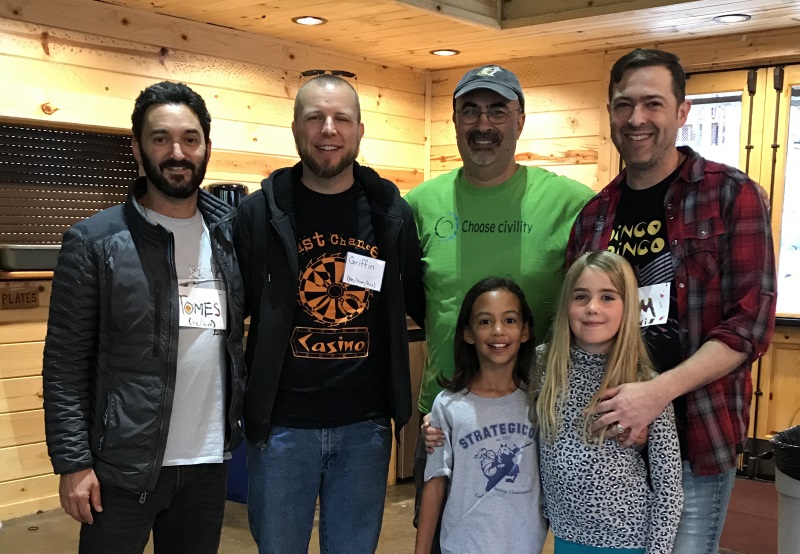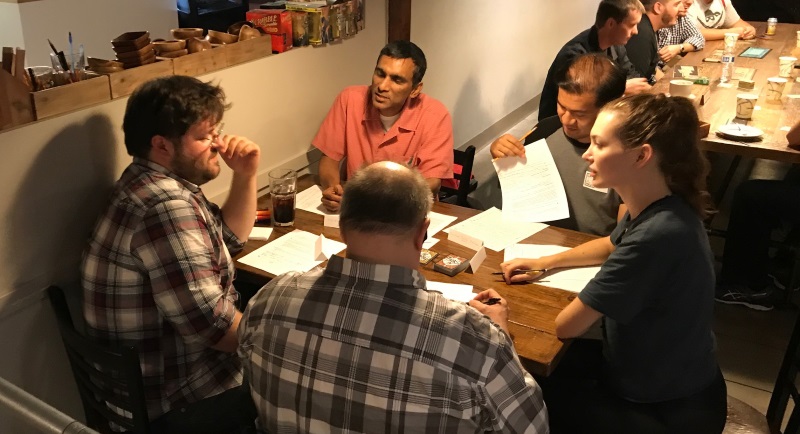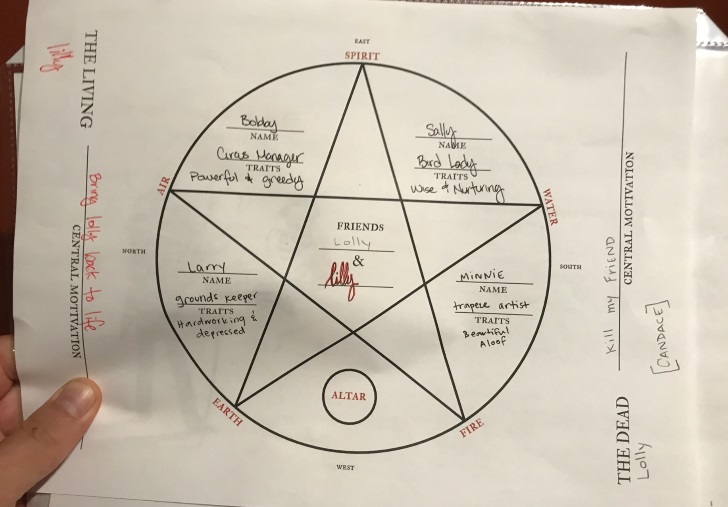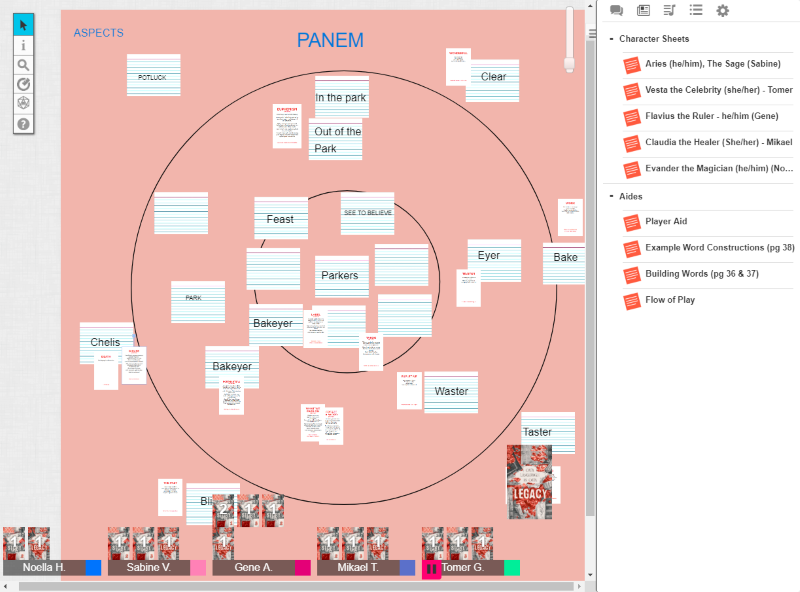Girl Underground is a game in development by Lauren McManamon and Jesse Ross. It’s a game about a girl who goes to a strange world, meets some fantastic companions, and learns about herself and her place in the world. Media touchstones include Alice and Wonderland and The Wizard of Oz.
Jesse and Lauren have been playtesting the game with various folks, mostly in and around The Gauntlet community. I mentioned the game to my partner J, and she had only recently started getting into a subset of RPGs, and was excited by the premise. A few conversations later, and we’d organized a game with Lauren and Sabine, and we were all ready to enter wonderland…
Chapter 1: Wherein a girl falls into a carrot hole.
Our first session was abbreviated due to scheduling issues, which meant we had less than 2 hours. We did the world-building that the game desires, and that started with Lauren taking us through the add/ban list procedure that those familiar with Microscope may be used to. (See this Gauntlet blog article for an idea of how that works.)
Our Add list consisted of clouds, air and wind, bicycles, flowers, colours, shared songs, impossible environments, worms (creature giving life to things we don't want to waste), chinese-style dragons (without wings), and writing in a strange language that for some reason we understand. Our Ban list consisted of talking food (or things we eat), talking/walking cards or playing card suits of things, and importantly: people: This world would be filled with other creatures. The list not only helped us generate a collaborative, rough sketch of our story world, but was also great to refer to later when we needed an idea of what to do next, in a way similar to the list of principles in some RPGs (such as Apocalypse World).
The first character that we build is not our individual characters, but that of the girl, who is the main protagonist of the story, and which will be shared by the players. Creating the character consisted of us taking turns answering questions about her, what she’s missing from her home life, the sound of her voice, and so on. Because she is a curious girl, her name becomes Kat. (All the names match in this whimsical way; if her home life is rushed and missing “time”, the girls name becomes Patience.)
Our story had Kat, a young girl in a working town, with parents and large extended family all busy making ends meet, while she attends school and dreams of exploration and learning about the wider world.
After creating the girl, we also created our characters using the playbooks provided: The Runaway, The Beastie, The Construct. We had the noble Owl, caged, and looking for a new life (played by J). We had the metal Tick-Tock, constantly ticking, stuck in a place, but looking for a new family (played by Sabine). And finally Dagger, a strange insect creature from another world, not exactly lost - just misplaced, and looking for a place to call home (played by me).
We were running very short on game time, but were able to fit a whirlwind of scenes that showed our girl on what looked like a normal day, heading to school. We played with echoes, showing hints at our characters that she had yet to meet: an owl on a book, a clock on a wall, a little insect in a garden.
We also had time to to introduction this strange world and our characters. The girl heads home, and is asked by her mom to grab some carrots from the garden. She goes out and does so, only to find that strange orange and green worms are attached to the carrots, and then a hole in the ground that grows bigger and bigger, and swallows her up.
She falls on someone… a strange insect creature which makes chittering sounds that she can soon understand. This is Dagger - a creature perhaps named after its sharp stinger which it uses to point at any threats, often. But it’s relatively friendly, and after hearing the girl remark at wonder, excitedly takes her to see a really dangerous trapped creature that is nearby.
That creature turns out to be Owl, in a strange natural cage of branches, which Kat quickly frees by using Dagger’s dagger (in protest from the insect creature). Owl is thankful, and quickly guides them through the sky. They follow using one of the many strange floating bicycles, and glide through a window in strange upside down houses.
That’s where they find the sullen Tick-Tock, who had been locked away in a barrel by a “giant”, or what the construct assumed was a giant.
At this point we ran out of time and had to wait until the following week.
Thoughts on the first session.
I loved this first session, and was happy about what we were able to squeeze in in under 2 hours. The game is built around a collaborative setup that I also thoroughly enjoyed. The Add/Ban list isn’t part of the game itself as written, but I could see myself definitely using this protocol for this game in the future.
Many aspects of the protagonist are created through a distribution of questions among the players, which reminded me a little of the generation of the bride and Bluebeard, in the Bluebeard’s Bride RPG. One manner in which this game is different is that the answers are chosen from a limited list (a drop-down list when playing online with the Google sheets), and this ensures that the answers are focused in a way that adheres to the story’s tone. That said, the choices are variable enough to also provide a pretty wide flexibility in the types of stories told. You can also see how additional answers could be plugged in with a savvy group.
The creation of individual companion characters is also similarly simple and based around answering a short list of questions with limited, but thematic selections. This made the structure of your character extremely easy and quick to get into.
The companion playbooks are built to perfectly accommodate various levels of players. There are no “basic moves” that you’ll find in many PbtA games. Instead, each playbook has its own moves specific to that character - about 5 or so - and that’s it. This makes for a very curated set of actions that . However, unlike many PbtA games where you must look at the moves to help you determine how this archetype should be played, on these sheets they’ve provided a simple sentence that gives you some player principles to play by. For example, my playbook stated: “When playing the Runaway you should let danger excite you, provides expertise in a crisis, and fear what you run from.” Just by playing to what’s outlined in that sentence works perfectly in hitting most of the moves that are written for that playbook. As a facilitator this is great, because players who are newer to RPGs or unfamiliar with PbtA games can simple play to those player principles.
Because the first session was very abbreviated, we did have to rush many of the scenes. This isn’t really something I had a problem with, and actually had the advantage of getting us quickly into the premise and narrative, but it did give me a desire for some slower paced scenes, and especially ones where we could see some character interactions and development. That would happen in our next session.


